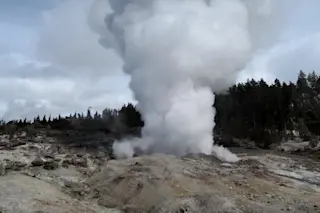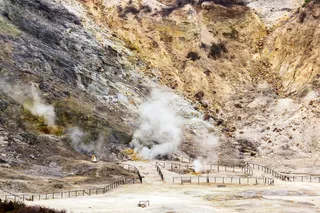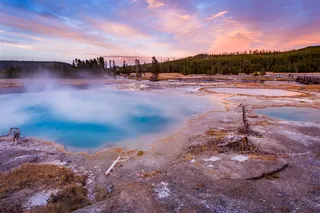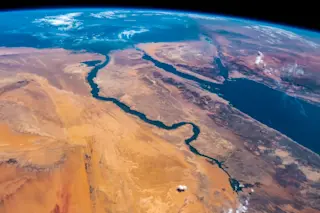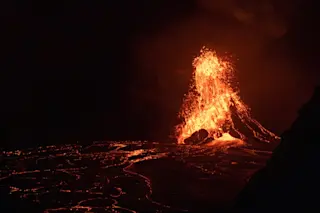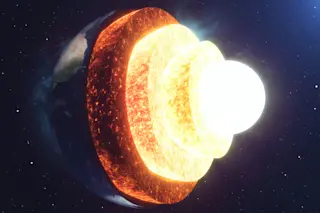Steamboat Geyser erupting in March 2018. USGS/YVO. Over the weekend, USGS Volcanoes tweeted this:
Again? Yes. @YellowstoneNPS#SteamboatGeyser erupted at 7:33 PM MST. That's 7 times since March 15. We've got a counter on our Yellowstone Volcano Observatory home page. See signal on this @UUSS_Quake_Info webicorder (continuous signal at the bottom). https://t.co/653XydhbWkpic.twitter.com/2c1BogpcbL
— USGS Volcanoes? (@USGSVolcanoes) May 28, 2018
If you're unfamiliar with Steamboat Geyser
at the Yellowstone Caldera, it is one of the largest geysers in the park. Geysers are places where superheated water from below the surface builds up pressure until it shoots out of the ground ... and then the process starts all over again. Some geysers are very regular in their eruptions, such as the famed Old Faithful
. However, some can be irregular in the time between eruptions and some may completely stop for long periods. Steamboat Geyser falls into this last category. The geyser had ...


